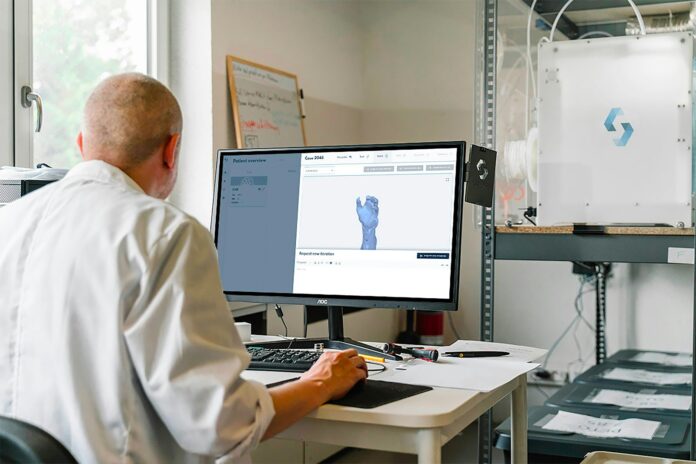
Even though everyone talks about the latest technology in the modern business environment, many companies still overlook the benefits of new solutions. In other words, they don’t implement or have little faith in tech that can help them improve.
The reasons are lack of knowledge, implementation costs, and unwillingness to change. However, modern software has repeatedly been proven to effectively boost efficiency and productivity. It can help organizations discover new opportunities, understand weaknesses, and streamline processes.
To help you pick the right technologies to boost your results, we’ve created a list of five types of solutions you can integrate within your organization.
Data Workflow Improvement Tools
Improving data workflow is one of the primary concerns for all businesses undergoing digital transformation.
Many technology solutions offer the opportunity to streamline workflows and create better data sets. For example, many modern technology solutions have integrated document management capabilities, allowing them to process and store essential business data efficiently.
Relevant data can be easily transferred downstream to departments or employees. For example, fleet management solutions allow fleet managers to assess things like repair needs and send relevant data to drivers, who can use it to organize their driving schedule and maintenance while avoiding failures and achieving better logistical efficiency.
Cloud-based workflow improvement tools are excellent platforms for organizing projects within teams and the overall work process. They provide essential visibility to all people involved and give them more context.
RPA – Robotic Process Automation
RPA is an advanced automation technology designed to improve employee experience, boost efficiency, and streamline repetitive tasks. RPS technology is a combination of both programs configured for performing specific tasks like data gathering, supply chain management, or data entry.
They operate constantly without the need for human assistance. They also make fewer mistakes than humans, boosting efficiency in the process. Employees can spend less time doing simple, repetitive work and can focus on analyzing the process and improving key factors.
Robotic Process Automation has found its way into affordable tools that small and mid-sized businesses can utilize to improve quality, accuracy, consistency, analytics, employee productivity, and customer satisfaction.
Many jobs can be automated, and this doesn’t mean moving employees out of their positions but making them more productive.
AI and ML
With the release of ChatGPT, various AI assistants, and AI-generated imagery, artificial intelligence has reminded everyone just how valuable it can be. AI has many wide applications and can be integrated into different tools to generate better business results. A typical example is the use of chatbots.
Many companies have resolved their online customer service workflows using AI chatbots. They can solve all the common issues and answer typical questions. At the same time, they can recognize complex issues and direct customers to the right people who can resolve them effectively. But it’s not about AI assistants.
With machine learning, AI can be trained to recognize the right outcomes and find the patterns used to achieve them. AI can detect complex issues within an organization or department, offer valuable recommendations, and perform complex calculations that allow key stakeholders to make informed decisions.
Low-Code Platforms for Developing Solutions
Small and medium-sized businesses are increasing their expectations when using platforms that can help them control every aspect of their business. Off-the-shell apps and the constantly changing needs of employees and organizations are creating issues.
Companies want to have the ability to customize all their solutions according to their specific needs. However, this can be very difficult because it requires coding knowledge and expertise. Luckily, software service companies offer low-code platforms that companies can customize with simple drag-and-drop development.
In other words, organizations can customize solutions according to their needs without any coding knowledge. A typical employee can configure a specific app to improve their workflows and achieve greater results.
3D Printers
3D printing has introduced 3D schematics and printing materials that offer limitless opportunities to create what can be automated with absolute accuracy and consistency. Small missing pieces that get damaged or broken over time were hard to come by for a long time.
Potential replacements were scarce and low-quality, creating issues for various companies that couldn’t afford to replace whole machines or parts. Furthermore, other business entrepreneurs recognized this opportunity to use 3D printers to produce the missing elements.
3D printers have affected many industries and organizations by allowing them to change their approaches to key bottlenecks and reduce major costs.
Conclusion
Integrating the latest technologies into your business process should be one of the key strategic efforts of any business, regardless of the size or industry. Advanced technologies allow you to stay competitive, cut down on costs, improve efficiency, and boost the quality of products/services.










